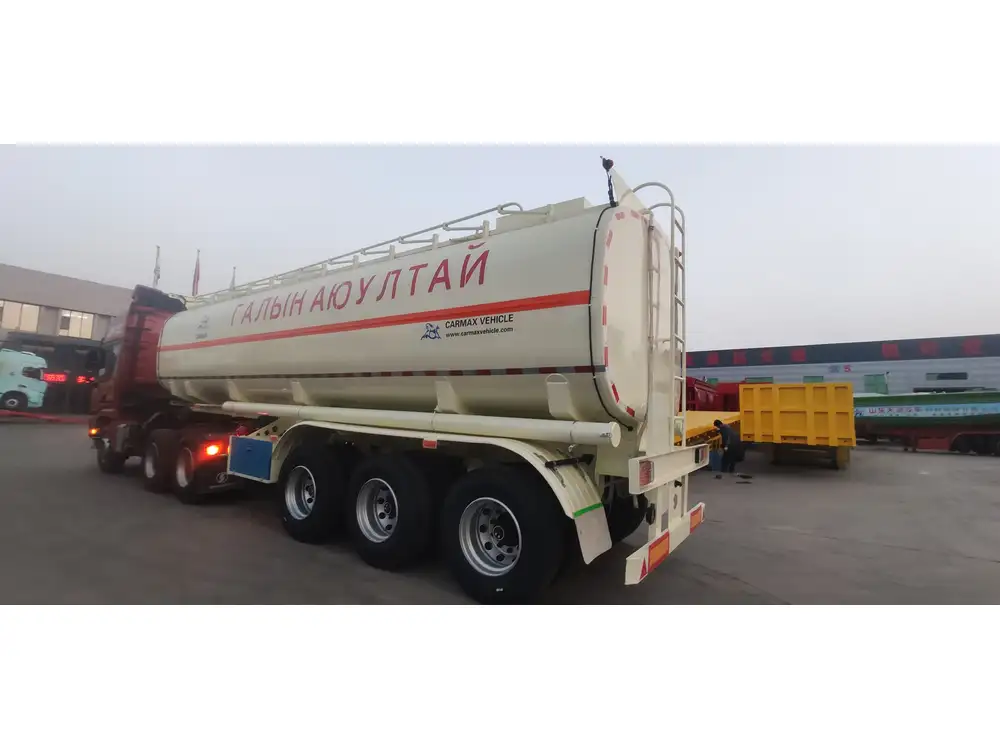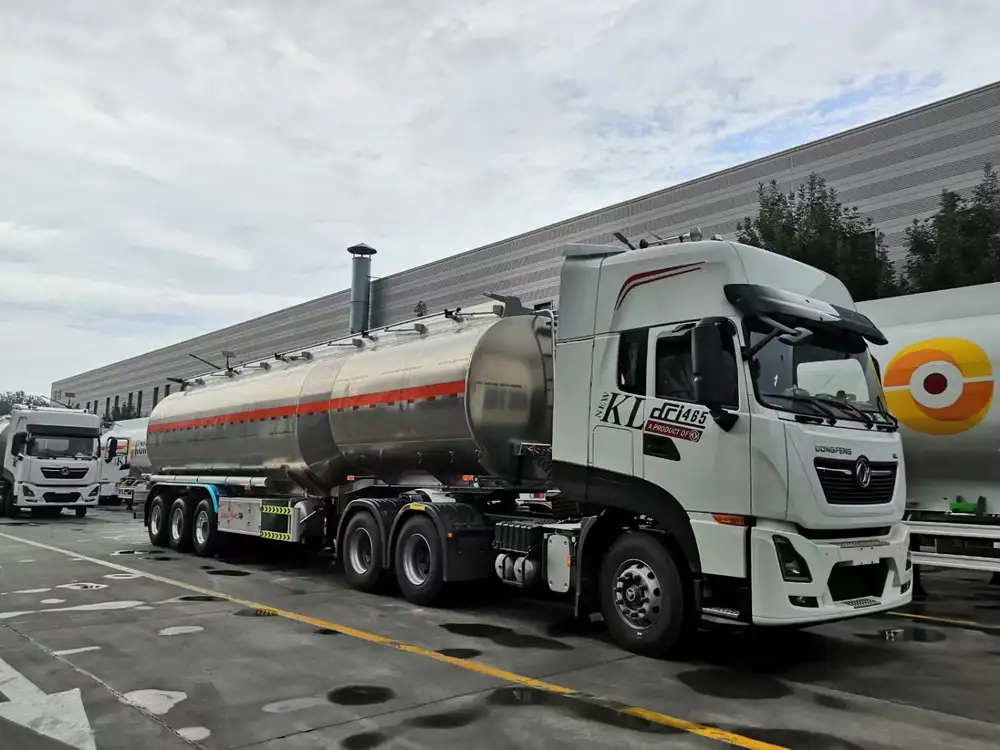Maintaining the stability and functionality of a lawn plastic trailer, especially one equipped with a dump bed, is essential for effective landscaping and gardening projects. There’s a plethora of strategies you can employ to ensure your trailer remains secure and efficient throughout use. From weight distribution to securing loads, this detailed guide aims to provide you with actionable tips and tricks to optimize your experience with lawn plastic trailers.
Understanding Your Lawn Plastic Trailer
Before diving into maintenance techniques, it’s crucial to understand the components of your lawn plastic trailer. These trailers typically consist of:
| Component | Functionality |
|---|---|
| Frame | Provides structural integrity and support. |
| Axles | Allow mobility and weight distribution. |
| Dump Bed | The bed where the load is placed, capable of tilting. |
| Hitch | Connects the trailer to the towing vehicle. |
| Wheels | Contribute to the mobility and stability of the trailer. |
Familiarizing yourself with these components will enable you to better understand how to secure and stabilize your trailer while in operation.
Proper Weight Distribution: Key to Stability
One of the most important aspects of keeping your dump bed secure during use is the proper distribution of weight. Improper weight distribution can lead to instability and potential accidents. Here’s how to distribute weight effectively:
Center Load: Always try to place heavier items towards the center of the trailer. This minimizes the risk of tipping and ensures a smoother ride.
Evenly Spread: Distribute the load evenly across both sides. This tactic prevents any one side from becoming overloaded, which can lead to sway and destabilization.
Low and Flat: Keep the load as low and flat as possible. This lowers the center of gravity and reduces the likelihood of the trailer tipping over.

Weight Distribution Example
Consider a common load scenario—mulch. When loading mulch into your trailer:
- Step 1: Begin with the first layer in the center.
- Step 2: Continue loading evenly on both sides of the first layer.
- Step 3: Avoid piling too much in one spot. Instead, take the time to spread it out.
This distribution approach is not just for mulch; it applies to other landscaping materials like soil, plants, or gravel.
Securing Loads for Safe Transport
In addition to proper weight distribution, securing the load is vital to prevent movement during transport. Here’s how you can secure your lawn trailer’s load effectively:
Using Tie-Down Straps
- Select Quality Straps: Choose heavy-duty ratchet or cam buckle straps for maximum hold.
- Attach to Anchor Points: Many trailers have built-in anchor points. Utilize these to secure your load effectively. If none are available, you may need to create your own anchor points.
- Avoid Over-tightening: While it’s essential to secure your load, over-tightening can damage delicate items. Aim for a firm fit without crushing your materials.

Utilizing Tarps and Covers
- Protect Against Element Exposure: Using a tarp can protect the contents from rain, wind, or debris. Ensure it’s tightly secured to avoid flapping.
- Reduce Weight Shifting: A well-placed tarp can also help keep items from shifting during transit, which is crucial for maintaining stability.
Regular Maintenance for Longevity and Safety
Keeping your lawn plastic trailer in peak condition is paramount. Regular maintenance encompasses several areas, including:
Wheel Health
- Check Pressure: Maintain the correct tire pressure as indicated by the manufacturer. Over or under-inflated tires can cause steering issues.
- Inspect for Wear: Regularly check the tread on your tires for wear. Uneven wear can be a sign of weight distribution issues or alignment problems.

Frame and Body
- Examine for Cracks or Damage: Regularly inspect the frame and body for cracks or damages. Early detection can prevent more severe issues down the road.
- Apply Protective Coatings: If your trailer is exposed to harsh elements, consider using protective sprays or coatings to protect against rust and corrosion.
Hitch and Coupler Checks
- Ensure Secure Connections: Before each use, check that the hitch and coupler are securely connected. Loose couplings can lead to disengagement during transport.
- Lubricate Moving Parts: Regularly lubricate the moving parts of the hitch to ensure smooth operation and to prevent rust.
Troubleshooting Common Issues with Lawn Trailers
Even with proper care and precaution, issues can arise. Here, we examine common problems and how to tackle them effectively:

Trailer Swaying During Transit
Causes:
- Improper weight distribution.
- Overloaded trailer.
Solution:
- Immediately pull over and check the load. Rearrange items to ensure proper distribution and reduce the amount of material if overloaded.
Difficulty in Dumping Load
Causes:
- Clogged release mechanisms.
- Excessively heavy load.
Solution:
- Ensure the release mechanism is free of dirt and debris.
- If the load is too heavy, consider removing some material to facilitate easier dumping.
Comparative Analysis: Lawn Plastic Trailer vs. Metal Trailer
When selecting a trailer for landscaping purposes, many users often weigh the advantages of plastic versus metal trailers. Here’s a comparative overview:
| Feature | Lawn Plastic Trailer | Metal Trailer |
|---|---|---|
| Weight | Lighter; easier to maneuver. | Heavier; may require more strength to handle. |
| Durability | Resistant to rust and decay. | Stronger but susceptible to rust if not adequately maintained. |
| Cost | Generally more affordable. | Typically higher upfront costs. |
| Maintenance | Easy to clean; minimal upkeep. | Requires regular maintenance to prevent rust. |
| Load Capacity | Varies; generally lower than metal. | Often has a higher load capacity. |
This comparison underscores the necessity of assessing your specific needs to select the right type of trailer, considering factors like budget, capacity, and maintenance commitments.

FAQ: Handling Lawn Plastic Trailers
Q: How often should I perform maintenance checks on my trailer?
A: We recommend conducting a comprehensive maintenance check at least once a month, with more frequent checks during heavy usage periods.
Q: What types of materials are best suited for a lawn plastic trailer?
A: Lawn plastic trailers are well-suited for various landscaping materials, including mulch, soil, plants, and small rock or gravel loads.

Q: Can I modify my trailer to enhance its load capacity?
A: Modifications should only be approached with caution. It’s crucial to consult with a professional to ensure any changes align with safety regulations and do not compromise the trailer’s integrity.
Q: Is it possible to tow multiple trailers at once?
A: Towing multiple trailers can be done, but it requires adhering to specific regulations and ensuring your vehicle is equipped to handle the additional load. Always check local laws regarding towing limits.
Conclusion: Maximizing Your Lawn Plastic Trailer Usage
Effectively keeping your lawn plastic trailer dump bed loaded down requires diligence, attention to detail, and a comprehensive understanding of proper weight distribution, load securing, and regular maintenance.
By implementing these strategies and troubleshooting potential issues effectively, you can enhance both the longevity of your trailer and the quality of your landscaping tasks. Whether you’re a homeowner, a seasoned landscaper, or someone embarking on DIY gardening projects, a well-maintained trailer ensures a smoother and safer journey towards achieving your gardening and landscaping goals.
Deploy the recommendations outlined in this guide, and turn your trailer into a robust ally in your landscaping endeavors.



